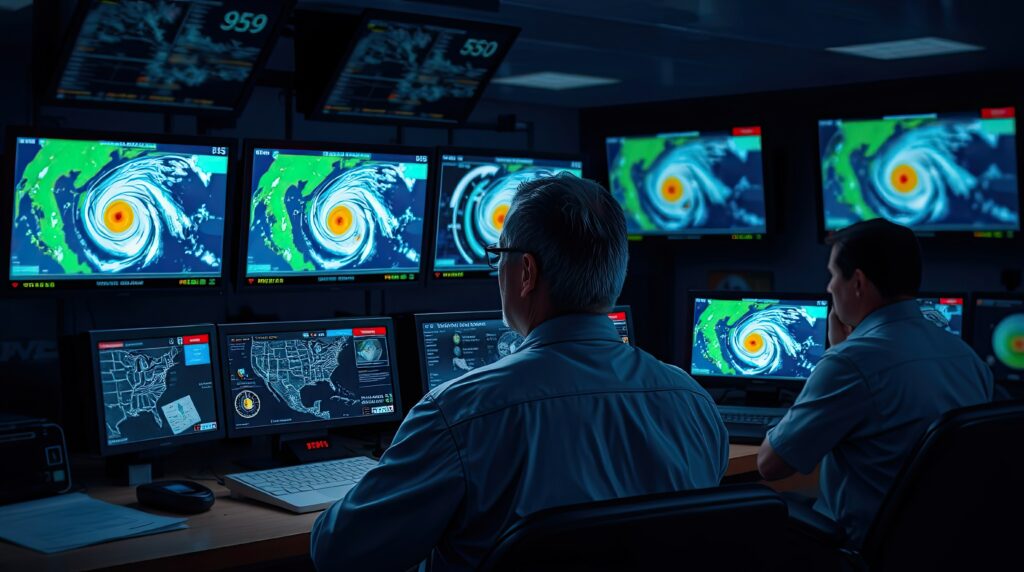When a Storm Becomes More Than Just a Name
Every year, tropical storms and hurricanes are given names to help the public track them more easily. But when a storm causes catastrophic damage, widespread death, or leaves a lasting emotional impact, that name may never be used again. It’s not just about weather—it’s about memory, respect, and recognition.
Some hurricanes are so destructive that their names become etched in public consciousness. In these cases, the World Meteorological Organization (WMO) chooses to retire the name permanently. This ensures it won’t be used for future storms—out of sensitivity to the communities affected and to avoid confusion in historical records.
The Most Notorious Hurricanes in History
Several hurricanes have become symbols of devastation, leading to the retirement of their names. Hurricane Katrina (2005) stands out as one of the most infamous in U.S. history, with more than 1,800 lives lost and over $160 billion in damage. The storm caused massive flooding in New Orleans and reshaped how the nation responds to disasters.
Hurricane Andrew (1992) carved a path of destruction across South Florida as a Category 5 storm. Entire neighborhoods were leveled, and the storm prompted sweeping changes to building codes and emergency planning.
Hurricane Maria (2017) struck Puerto Rico with unprecedented force, leading to a humanitarian crisis, a months-long power outage, and a long-term recovery that continues to this day. Other recent storms—like Harvey, Irma, Michael, and Ian—have all left lasting marks, both physically and emotionally, and led to their names being retired as well.
How a Hurricane Name Gets Retired
The WMO holds annual meetings to review the previous hurricane season. If a storm was particularly deadly or costly, countries affected by the storm can request that its name be removed from the rotating list. If the committee agrees, the name is retired and replaced with a new one beginning with the same letter and of the same gender.
Names are otherwise reused every six years, so unless a storm meets the criteria for retirement, it could appear again in the future. This system helps maintain continuity in naming while also honoring the gravity of the storms that have had a significant impact.
Why Retiring a Name Matters
Retiring a storm name isn’t just a formality—it’s a way of showing respect. For survivors, hearing the name of a storm that changed their lives can be a painful reminder. Retiring the name removes it from forecasts and future headlines, acknowledging the storm’s significance and the suffering it caused.
It also serves an important historical purpose. When a name is retired, it stands out in the record books. It becomes a marker of a major event, helping scientists, historians, and emergency planners understand the long-term effects of these extreme weather systems.
Looking Ahead
As the climate continues to warm, hurricanes are becoming more intense, wetter, and slower-moving—leading to more destructive potential. That means the list of retired names will likely continue to grow. But behind every retired name is a storm that changed lives, communities, and the way we think about extreme weather.
These names may never be used again, but the stories behind them—and the lessons they leave behind—remain as powerful as ever.


